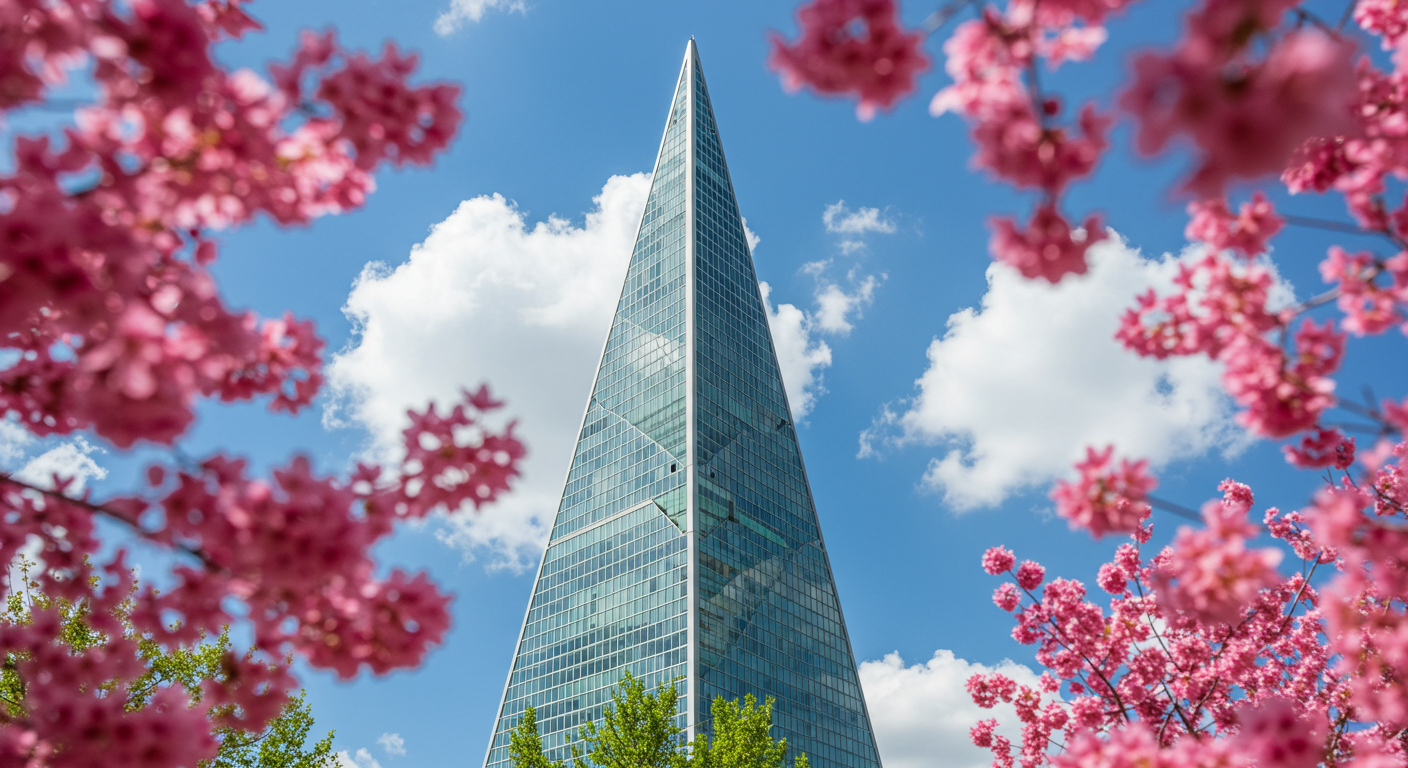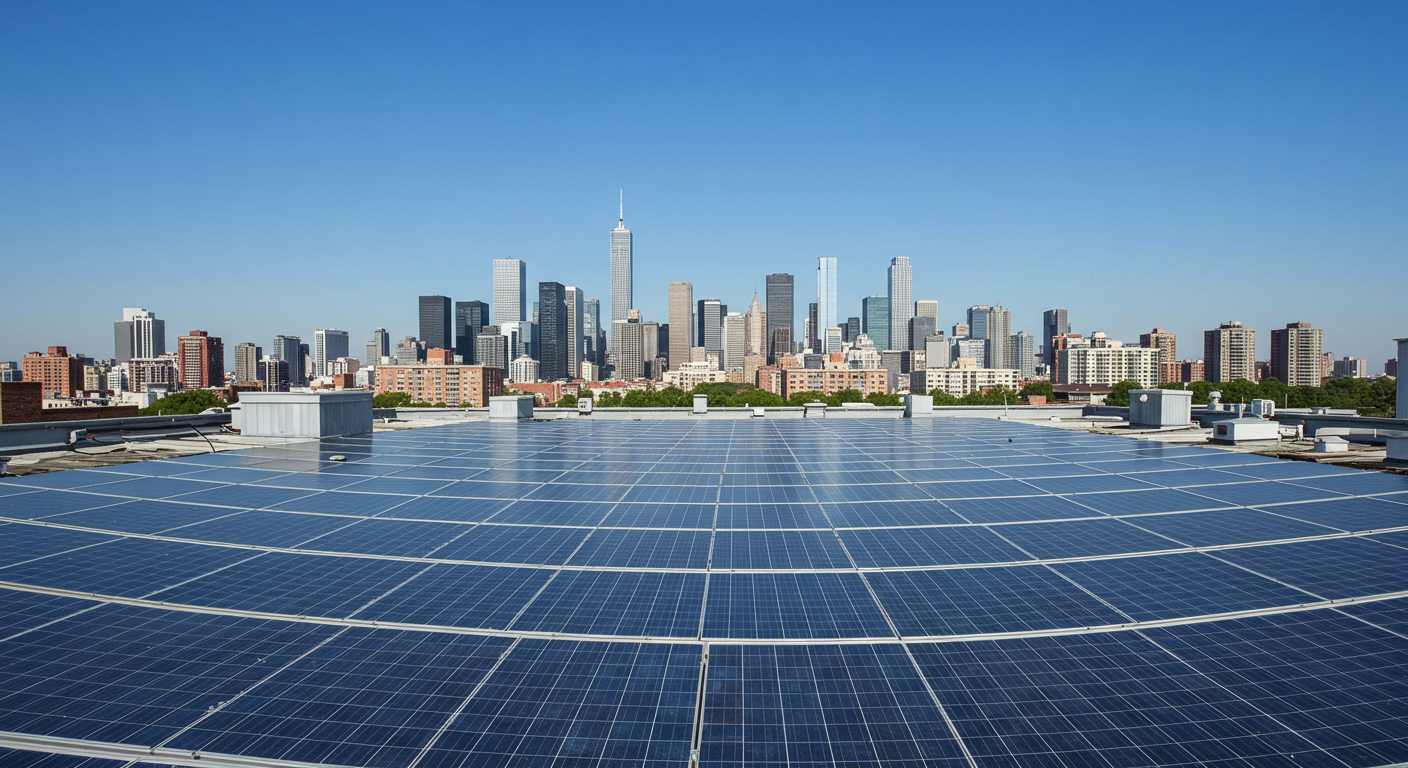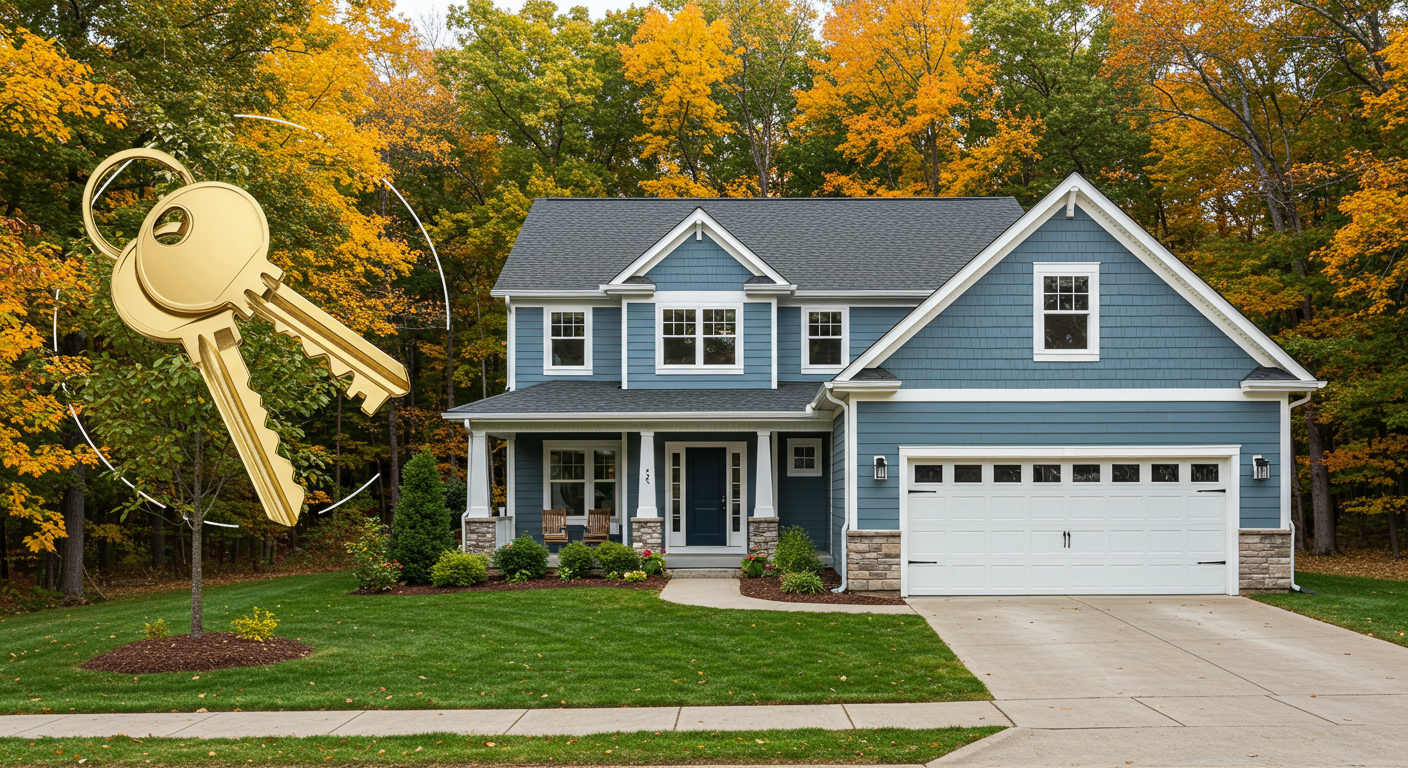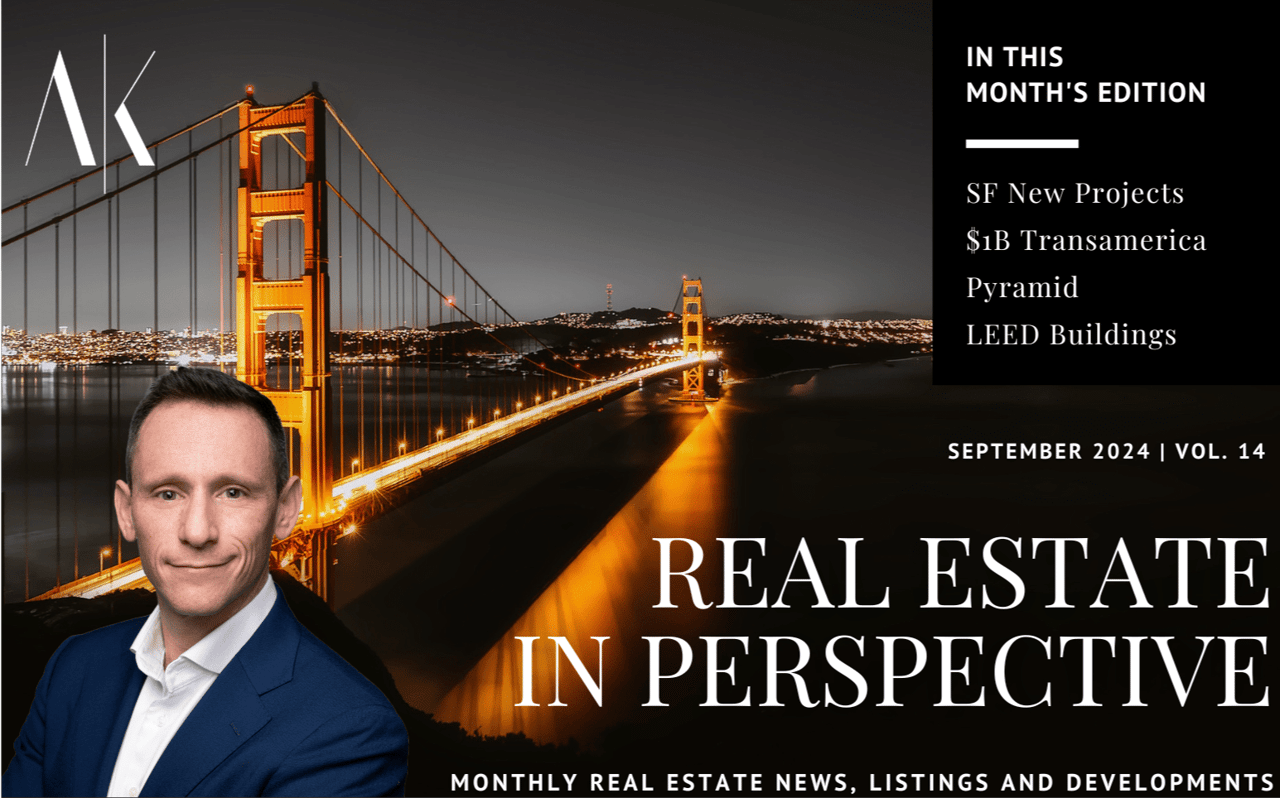| |
 |
|
✨A New Era for San Francisco With $1B Transamerica Pyramid Renovation
|
|
 |
Driving the news: Michael Shvo is set to reveal the results of an extensive $400+ million renovation at San Francisco’s Transamerica Pyramid. This iconic skyscraper, long a symbol of the city, has undergone a transformation under Shvo’s leadership, marking a significant shift for both the building and downtown San Francisco, and a sign of new trends we should anticipate in the office and hospitality sectors.
Here are the details:
|
|
|
|
The first phase of the renovation includes a $250 million overhaul of the Pyramid and an adjacent office building at 505 Sansome Street. Updates include a redesigned lobby, new retail spaces, and a remodel of the surrounding Transamerica Redwood Park.
|
|
|
|
|
|
|
|
|
|
|
|
|
|
The second phase, which involves a 50,000-square-foot expansion of 545 Sansome, will take several more years to complete. There are also plans for a private club at the Pyramid, but the project is the subject of pending litigation involving the buildout and leasing of the space.
|
|
|
|
|
|
|
|
|
|
|
|
|
|
The total investment in the Transamerica Pyramid Center, including the $650 million purchase price, has reached over $1 billion.
|
|
|
|
|
|
|
|
|
|
|
|
Why it matters: The Transamerica Pyramid renovation is the largest post-pandemic investment in downtown San Francisco, signaling optimism for the area. Shvo’s redevelopment goes beyond restoration, aiming to attract 3 million visitors annually and restore vitality to the area still recovering from the pandemic.
Between the lines: Although the building's occupancy has fallen from 85% to around 70%, Shvo remains confident, citing new leases at unprecedented rates for the region. Shvo's vision of making the Pyramid the premier office building on the West Coast reflects his long-term strategy, despite the turnover in tenants due to the updated rental costs.
What’s next: Shvo will continue with the second phase of the redevelopment, which will add more space and amenities, including two new restaurants by Miami-based chef Bradley Kilgore. With legendary architect Norman Foster leading the redesign, the Transamerica Pyramid’s new era is expected to continue for years to come.
The bottom line: Michael Shvo’s vision for the Transamerica Pyramid is as much about revitalizing a landmark as it is about revitalizing downtown San Francisco. His investment in public spaces and premium office amenities positions the Pyramid as a bridge between the city’s rich history and its future potential.
|
|
|
|
|
☀️San Francisco Leads the Way With Its Net-Zero Buildings on the Rise
|
|
 |
Driving the news: San Francisco continues to lead the charge in net-zero energy buildings, going beyond basic green certifications like LEED to embrace cutting-edge sustainability efforts. From office spaces to museums, the city is creating an ambitious blueprint for a greener future.
Details: The city’s first net-zero office at 945 Front St. opened in 2014 and paved the way for larger projects, like the 330,000-square-foot Exploratorium, which achieved net-zero status last year. San Francisco’s Climate Action Plan targets a 61% cut in greenhouse gas emissions by 2030 and net-zero by 2040, with strategies like banning fossil fuels in new buildings and transitioning large commercial properties to net-zero by 2035.
Why it matters: San Francisco's push for net-zero buildings marks a shift toward eco-friendly development, cutting carbon emissions and attracting investors aligned with green policies. The city's approach serves as a model for urban areas addressing climate change while sustaining a strong commercial real estate market.
The big picture: The trend toward net-zero buildings is part of a larger global shift, driven by increased demand for sustainable construction and stricter governmental policies. San Francisco’s initiative is paving the way for more cities to follow, reinforcing the importance of green construction in addressing climate goals.
This is what the numbers tell us:
-
4 verified net-zero buildings in San Francisco, including 945 Front St. and the Exploratorium.
-
11 more buildings are classified as emerging net-zero sites.
-
San Francisco aims for 90% emission reductions by 2040, with the remaining 10% offset through natural solutions.
What’s next: Despite market downturns and challenges with integrating solar panels, advances in energy efficiency are driving demand for net-zero buildings, with upcoming projects like Levi's Plaza and SFO’s Police Training Facility expected to further this shift.
The bottom line: San Francisco is setting a high bar for sustainable development, pushing beyond LEED standards to embrace net-zero energy buildings. This shift not only reflects the city's climate goals but also helps redefine what green building can achieve on a global scale.
|
|
|
|
|
🎥 Everything NEW or COMING SOON to San Francisco in 2024/25
|
|
 |
San Francisco is changing! Let’s explore the city’s biggest upcoming attractions and most anticipated additions that will help shape its future. I’ll discuss the new Bay Front Park, Stonestown Galleria Redevelopment and several other plans and developments!
|
|
|
|
|
|
|
🔑Why Fall 2024 is the Best Time to Buy: More Homes, Lower Rates
|
|
 |
Driving the news: The latest housing market data brings positive news for homebuyers. With inventory rising and mortgage rates dropping to their lowest levels since February 2023, buyers have a unique opportunity this fall to enter the market. Here are the details:
-
Mortgage Rates: At an average of 6.15% as of mid-September, rates are nearly 1.5% lower than this year’s peak, and 2% lower than last year’s peak, offering significant savings on monthly payments.
-
Housing Inventory: Active listings are up between 40-70% across San Francisco and Marin County over the past few weeks, as sellers and buyers who were taking summer off re-entered the market after labor day.
-
Home Prices: Home prices in San Francisco and Marin County are trending up year over year but remain lower than they were at their respective peaks before the Federal Reserve’s rate-hiking campaign. With the recent drop in mortgage rates, we’ve seen meaningful increases in mortgage-applications, suggesting resurgence in demand will continue as mortgage rates trend down, which will drive prices back toward all-time highs.
Why it matters: With increased inventory and lower mortgage rates, this fall presents an ideal opportunity for buyers to secure homes under more favorable conditions. Market competition is lower now, allowing buyers to negotiate better deals before the market potentially heats up again next year. This also presents opportunities for sellers who are thinking about moving to a larger, more expensive home. There is never a perfect time to be both a buyer and a seller, so the focus should be on the longer-term priority and larger financial investment.
The big picture: Home values are stabilizing across the country, and, after a corrective period following the Federal Reserve’s rate hikes, in the Bay Area. While interest rates remain elevated in comparison to the Pandemic, there is opportunity to purchase properties at depressed prices while capturing downward momentum in interest rates later on through re-financing, and future appreciation . In fact, one of my clients who bought a home in San Francisco last November just re-financed, lowering their rate by over 1%, and their appraisal came back $165,000 higher than their purchase price (about 10%) just 10 months ago.
Between the lines: As the market shifts, cities like Miami and Austin where inventory is substantially above pre-pandemic levels are becoming more favorable for buyers, while areas like New York and Boston still lean toward sellers. Knowing where the market is shifting allows buyers to make informed decisions in regions where deals are emerging. In the Bay Area, the data varies neighborhood to neighborhood, and property type to property type, so both buyers and sellers need to be aware of local market conditions to maximize their advantage.
What’s next: Mortgage rates are expected to trend downward, though uncertainties remain, including constantly changing labor and inflation data. Those shifts happen every day, independent of Federal Reserve rate cuts, so you need to be staying on top of the data (or follow someone like me who tracks it every day for you).
The bottom line: Fall 2024 offers a prime opportunity to take advantage of increased inventory and lower rates. Moving quickly could help secure better deals, potentially saving thousands before the competitive spring market arrives.
|
|
|
|
📊 Local Market Trends
Inventory levels are trending up across San Francisco and Marin County over the past several weeks, typical of what we see during the month after labor day. But, in contrast to San Francisco, where inventory of single family homes is lower than at the same time in each of the past four years, and for condos, below 2020 and 2022 levels, inventory in Marin is higher now than the same time in each 2020 through 2023.
A good measure of demand at current prices and interest rates is the percentage of homes reducing list prices. The proportion of homes in San Francisco reducing list prices is up 2% for single family homes, and 3% for condos, compares to last year at this time, but remains below 2020 and 2022 levels. The story in Marin is different—with price cut percentages higher than each of the past three years, but still lower than 2020 at this time. Combine that with rising inventory year over year in Marin, the market is slightly weaker overall, but still no indication of meaningful long-term price corrections. I’ll continue to monitor weekly trends and keep you updated.
|
|
 |
|
|
 |
|
|
 |
|
|
 |
|
|
 |
|
|
 |
|
|
|
|
|
|
|
|
|
|
That’s all for today, I hope you have an amazing week! And if you or anyone you know is thinking about relocating, reach out to me!
Austin Klar
(714) 926-3199
[email protected]
www.austinklar.com
DRE #02172799 - Vanguard Properties
|
|
|
|
|
|
|
|
|
|
|
|
|
|
 |
|
|
|
|
|
|
